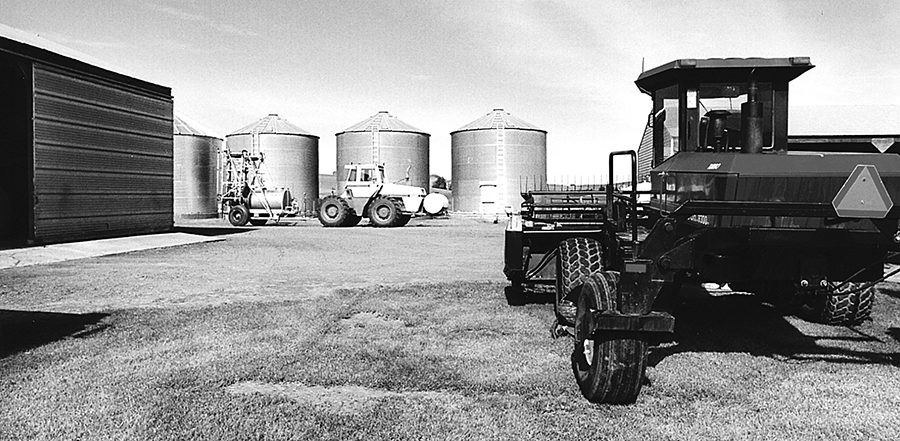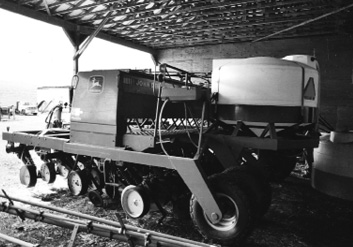No-Till Farmer
Get full access NOW to the most comprehensive, powerful and easy-to-use online resource for no-tillage practices. Just one good idea will pay for your subscription hundreds of times over.

Art Schultheis relies on no-till to get the best possible return from his 1,100 acre operation, which receives an average annual rainfall of only 18 to 20 inches.
The main rotation for the Whitman County, Wash., grower consists of winter wheat, a spring grain such as wheat and a spring legume crop such as peas or lentils. In a modified rotation, he grows 2 years of winter wheat, a spring wheat crop and lentils or peas.
“Last spring, we started seeding spring wheat on March 3, about a month earlier than normal,” he says. “When my neighbors start working their ground, I’m normally seeding spring wheat.”

He direct seeded his first field into bluegrass sod in 1977 and hasn’t plowed any ground in 17 years. His motivation to move to no-till was to eliminate bluegrass from the rotation, improve soil conservation efforts and reduce cropping costs.
When dealing with pea or lentil residue, Schultheis uses a combine equipped with a straw chopper and chaff spreader and direct seeds with a John Deere 750 no-till drill.
While he maintains that he still doesn’t have all the answers, he has a 10-year average winter wheat yield of 99 bushels per acre.
“But once you get wheat yields over 75 bushels per acre, getting the stubble to flow through the 750 drill is a problem,” says Schultheis. “That’s why we mow the stubble with a Schulte unit, being careful to blow all the residue off the mower before…